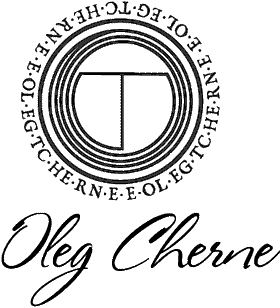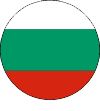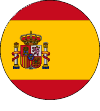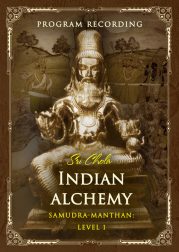Tantra
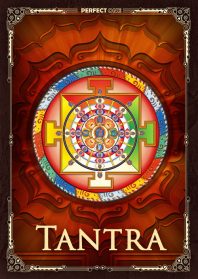
Tantra is a process involving the activation of body, mind, and energy. This process reveals and enhances the experience that goes along with it, for which it is important to keep the mind under control. Therefore, when talking about tantra, it is important to understand both the state of the body and the state of the mind. The former is mastered through the nature of ecstaticity (a certain state of arousal), the latter through the nature of concentration (the nature of the tantric mind).
To a greater extent, tantra is not aimed at questions of clarification of the truth, but at questions of enhancing the quality of experience. That said, attempting to classify tantra into strands limits its holistic presentation. It is important to realize that without appropriate experience, any definition of tantra will be only a partial representation.
The fundamentality of tantra lies in the simultaneous acceptance of the spirit and the various positions of its study. In other words, tantra is a function coming from ways of changing states and experiences. And if you see it precisely as a function, it is a kind of scheme, a technical process, where the main issue is not the doctrine, but its implementation.
Tantra knowledge is aimed at everyday application. It is a “teaching from within” that comes from the laws of practice and the circumstances of life, a process that is based on the nature of the tantric mind.
And although tantra is a concept commonly associated with Indo-Tibetan traditions, it defines its own place everywhere and in everything. Anything that transcends mundanity and limitation is tantra.
Tantra is the organization of the spirit, its cultivation. It becomes higher than human thinking, and this is the peculiarity of its understanding. It is impossible to define tantra without entering the ocean of practical tantrism, which manifests in various forms:
- Kriya-tantra — a form of action.
- Charya-tantra — a form of behavior
- Anuttara-yoga-tantra — a form of transformation
- Maha-anuttara-yoga-tantra — a form of consciousness that leads away from duality
Tantra as a whole seeks to illuminate the nature of light, which is the basis of both rational and irrational experience. The jewel of tantric practice is the formation of tantric consciousness.
Tantra is commonly understood to include the following qualities:
- Being in a special state of experience.
- Contemplation, chanting of higher powers, identification with them
- Peculiar inner closure
- Mantras, sound healing schemes
- Performance of special exercises
- A special kind of contemplation (tantric consciousness)
- Reading sacred texts and contemplation of their action
Since the original purpose of tantra is to appeal to one’s spirit, its power rests in its inner nature. Tantra can be divided into ways of gaining power: inner, harmonizing, spiritual and mystical. These directions are different according to the inner control and understanding of the management of energy processes.
In its essence, tantra is a feminine concept because it implements the quality of absorption, merging, accumulation of all that is natural to the female nature. It connects with the concept of Śakti, the spiritualization of energy.
The study of tantra is fraught with difficulties, and among the main ones are weakness of consciousness, introduction of esotericism, and simply heightened emotionality.
In cultivating the limitlessness of Aditi, the tantric walks toward union, fusion, a deepening of the path to limitlessness. This is the path to the ultimate productive power of Maha-Śakti, rooted in the quality of Adya-Śakti (primordial power).
